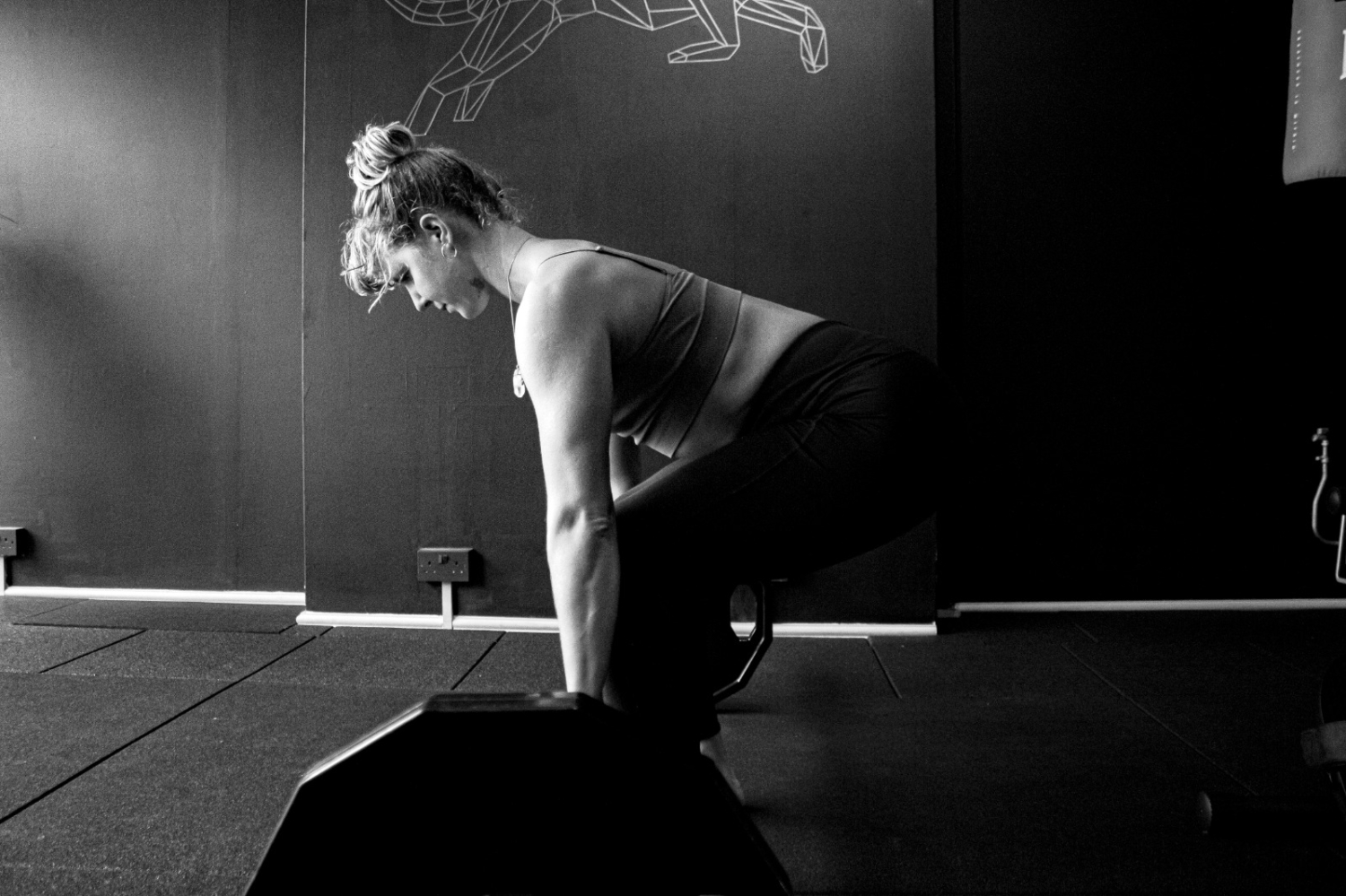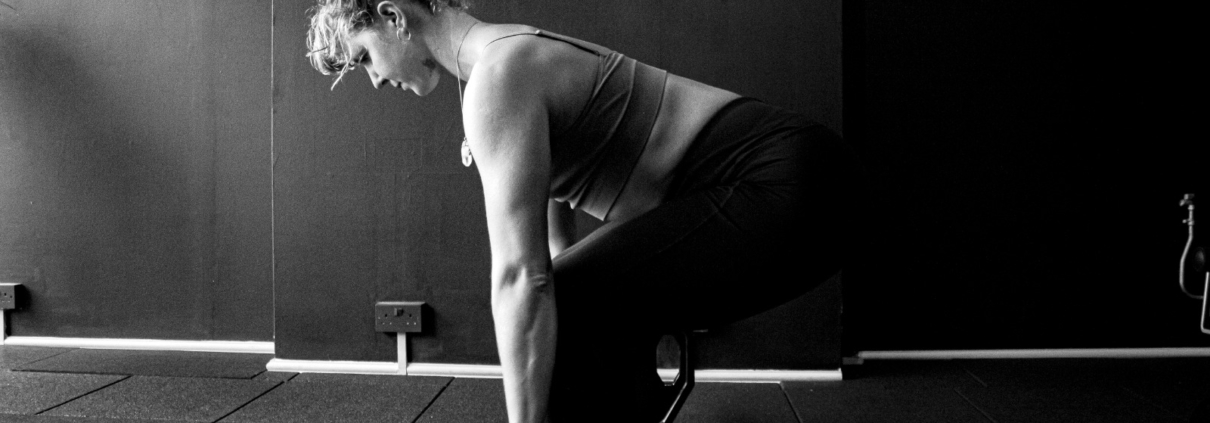Finding Your 1RM Safely: A Guide for Returning Gym-Goers
 Whether you’ve taken a break from the gym and want to get back into the groove or are just curious about your one-rep max (1RM), we’ve got you covered. In this article, we’ll share some tips on how to safely test your 1RM, allowing you to create effective strength training programs.
Whether you’ve taken a break from the gym and want to get back into the groove or are just curious about your one-rep max (1RM), we’ve got you covered. In this article, we’ll share some tips on how to safely test your 1RM, allowing you to create effective strength training programs.
1. Start with Mobility and Warm-Up If you haven’t been lifting for a while, jumping right into testing your 1RM might not be the best idea. Begin your workout with at least 10 minutes of mobility stretches and core activation exercises. Include movements like cat cows, hip stretches, adductor mobility, spine mobility, and glute mobility. If you’re looking for a warm-up routine, I personally recommend starting from a tabletop position, working your way up to standing stretches, and finishing with 1 or 2 minutes on the rowing machine or assault bike at medium intensity.
2. Begin with the Bar The first step in your journey is starting with the bar. Perform 8-12 reps with the bar, and pay close attention to your form and range of motion.
3. Estimate Your 1RM Indirectly Before jumping into a full 1RM test, it’s a good idea to estimate it indirectly. As a rule of thumb, 10 reps are roughly 75% of your 1RM. To find your estimated 1RM, divide the weight you can lift for 10 reps by 0.75. This method is safer, especially if you’ve been away from lifting for a while.
4. Example with Barbell Squat Let’s illustrate this process with a barbell squat. Suppose you estimate your 10RM to be 60kg.
- First Set: Choose half of your estimated 10RM, which is 30kg, and perform 10 reps. This set should feel relatively easy, allowing you to maintain proper form.
- Second Set: If the first set felt manageable, perform the second set with your estimated 10RM weight. For our example, that’s 60kg, but this time, do only 5 reps.
- Third Set: Stick with the same weight as the second set and complete 10 reps.
5. Calculate Your 1RM To find your 1RM, multiply your estimated 10RM by 1.33. In the example, it would be 60kg x 1.33, resulting in a 1RM of 79.8kg. Congratulations, you’ve got your 1RM!
6. Plan Your Training Now that you know your 1RM, you can tailor your training program to meet your specific goals. Here’s a handy chart to help you get started:
- 100% 1 rep
- 95% 2 reps
- 90% 4 reps
- 85% 6 reps
- 80% 8 reps
- 75% 10 reps
- 70% 12 reps
Remember, if you need assistance with programming or have any questions, our team of personal trainers is here to help. Just drop us an email, and we’ll do our best to support you on your fitness journey.
We hope you find this article helpful as you explore your strength and set new goals. Have an amazing week, filled with gains and positive energy!




Leave a Reply
Want to join the discussion?Feel free to contribute!